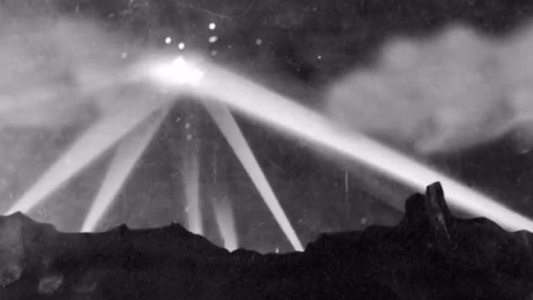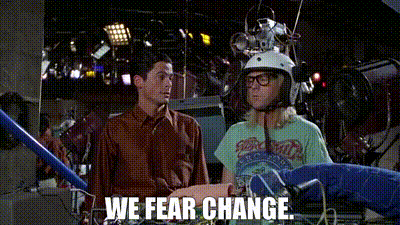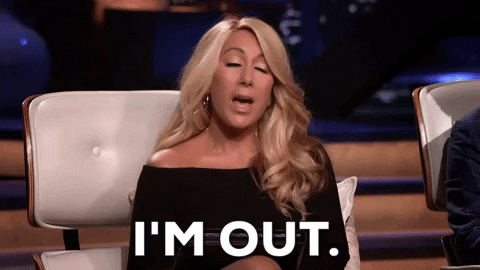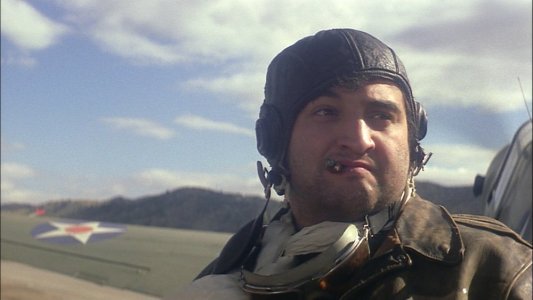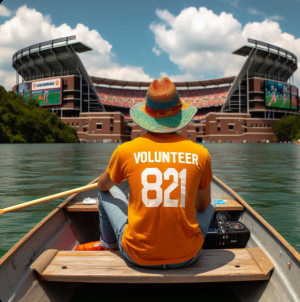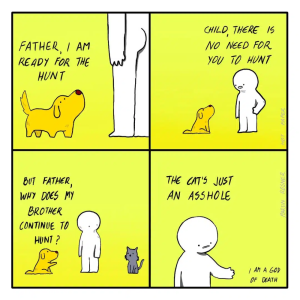February 24, 1942
"The Battle of Los Angeles"
The attack started at 7:18 p.m. on February 24, 1942, when a “yellow” alert was sounded after the radar detectors picked up unidentified objects flying less than 100 miles from Los Angeles.
By 10.33 p.m., the threat became real, and an all-city blackout order was given over Los Angeles. The battle was on.
By 2:30 a.m., sirens started blasting across the city as the bewildered Los Angeles citizens awoke to utter blackness, large searchlights scanning the sky, and the thunderous roar of anti-aircraft guns exploding across the night sky.
At 3:00 a.m., the unidentified object or objects were reported to be just off the coast of Santa Monica. Anti-aircraft units were given permission to fire on sight. At 3:07 a.m., anti-aircraft units in Santa Monica, reporting the sighting of enemy aircraft, began firing into the sky. Shortly thereafter, anti-aircraft units across the Los Angeles area joined in firing into sky. In addition to sweeping searchlights, orange tracer shells began streaming into the night sky across the city.
Fear and panic quickly spread throughout the city. As smoke from exploding shells began collecting in the sky, civilians and army gunners both reported sightings of enemy aircraft, falling bombs and Japanese paratroopers. A report came in claiming that a Japanese aircraft had crashed in Hollywood. Frightened drivers, speeding through darkened streets, collided with one another, resulting in three traffic fatalities. As many as three other persons were reported to have died from fatal heart attacks.
By daylight, however, no Japanese ships lay off the coast, no downed enemy aircraft were found and no enemy bomb damage was reported. Confused and embarrassed authorities, with no explanation for the morning’s events, focused instead on arresting 20 Japanese-Americans for allegedly trying to signal the mysterious enemy aircraft.
Within days, the U.S. Secretary of the Navy, Frank Knox, admitted that the whole incident to have been a mistake. The U.S. Secretary of War, Henry Stimson, however, stated that 15 enemy aircraft had appeared over Los Angeles. Stimson later retreated from that position.
So, what did military gunners actually shoot at? Explanations for what had spooked gunners ranged from a false alarm to meteorological balloons to UFOs. An official investigation, however, could not clearly determine the exact cause. The incident turned out to be the only serious military action to occur over a continental U.S. metropolitan area during World War II.
Many years later, in 1983, the Office of Air Force History, after conducting their own study of the 1942 events,* concluded that U.S. military defenses in California were already nervously poised for action, partly due to the attack from the Japanese submarine off the coast of Santa Barbara. The office also noted that meteorological balloons had been released prior to the incident that, with attached lights and their silvery color, may have been mistaken for aircraft.
View attachment 622449




